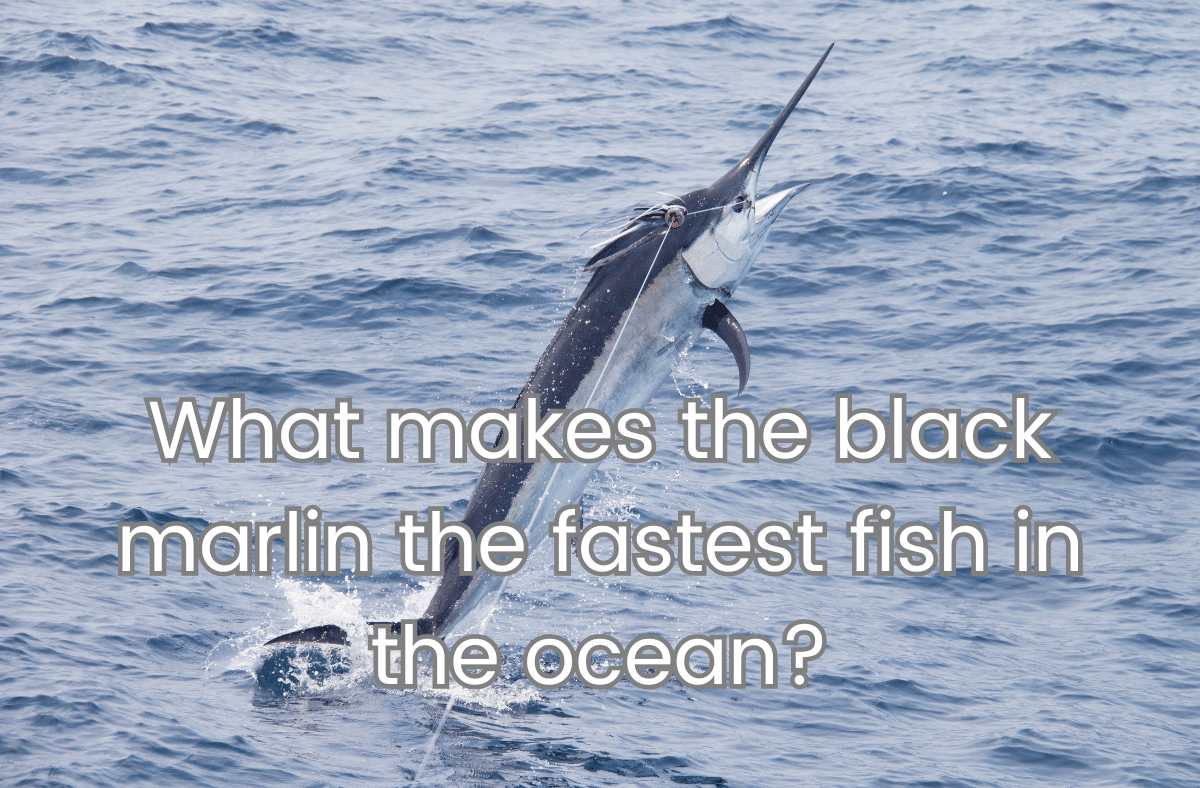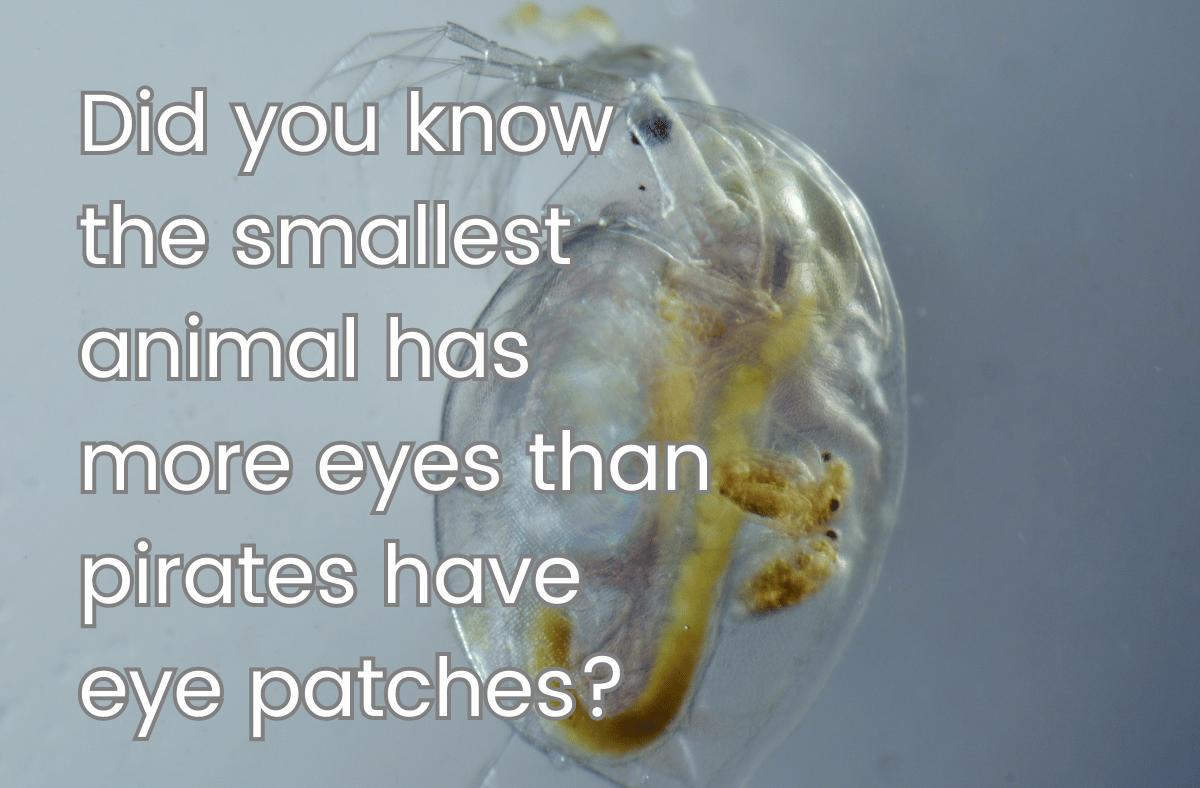For those in a hurry
- The black marlin is a billfish that lives in the Indian and Pacific oceans.
- It can grow up to 4.65 m (15 ft) long and weigh up to 750 kg (1,650 lbs).
- It has a sword-like upper jaw that it uses to slash its prey.
- It feeds on fish, squid and octopus in coastal waters.
- It is one of the fastest fish in the ocean, reaching speeds of up to 36 kph (22 mph).
- It is a migratory species that travels long distances each year.
- It reproduces by external fertilization, where the female releases millions of eggs and the male fertilizes them in the water.
- It is a prized game fish for sport fishermen, but it is also threatened by overfishing and habitat loss.
The Fastest Fish in the Ocean
If you are looking for a thrilling fishing adventure, you might want to try catching a black marlin. This fish is not only one of the largest bony fish in the world, but also one of the fastest. It can swim faster than most sharks, and even faster than a fishing line. But what makes this fish so special? Let’s find out more about this amazing creature.
What is a black marlin?
The black marlin (Istiompax indica) is a member of the billfish family, which includes other species like swordfish, sailfish and spearfish. These fish are characterized by their long, pointed upper jaws that resemble swords or spears. The black marlin is the only billfish that has non-retractable fins, meaning that they cannot fold them against their body to reduce drag. This makes them different from other billfishes, which can retract their fins to swim faster.
The black marlin is also distinguished by its short dorsal fin, which stands less than half of its body height. The dorsal fin is the fin on the back of the fish. The black marlin has a dark blue-black color on its back and a silver-white color on its belly. It also has faint blue stripes along its sides when it is excited or feeding.
The black marlin can grow very large, especially the females. The males can reach up to 4.65 m (15 ft) long and weigh up to 750 kg (1,650 lbs), but the females can grow even bigger. The largest black marlin ever caught was a female that weighed 1,560 kg (3,436 lbs) and measured 4.98 m (16 ft 4 in) long. That’s bigger than a car!
What does it eat?
The black marlin is a carnivorous fish that feeds on other fish, squid and octopus. It prefers to hunt in coastal waters, where it can find plenty of food. It uses its sword-like jaw to slash its prey, stunning or killing them before swallowing them whole. Some of its favorite prey include tuna, mackerel and flying fish.
The black marlin has a very powerful bite force, estimated at 603 kg (1,330 lbs). That’s more than twice as strong as a lion’s bite! The black marlin also has sharp teeth that help it grip its prey.
How fast can a black marlin swim?
The black marlin is one of the fastest fish in the ocean, reaching speeds of up to 36 kph (22 mph). That’s faster than most sharks, but not as fast as a fishing line. A fishing line can travel at speeds of up to 64 kph (40 mph), which means that a black marlin can still be caught by anglers.
The black marlin uses its muscular body and streamlined shape to propel itself through the water. It also uses its tail fin, which is shaped like a crescent moon, to generate thrust and steer. The black marlin can jump out of the water when it is hooked or chased by predators, sometimes reaching heights of over 3 m (10 ft).
How does it reproduce?
The black marlin is a migratory species that travels long distances each year. It follows seasonal changes in water temperature and food availability. It usually moves from warmer waters near the equator to cooler waters near the poles.
The black marlin reproduces by external fertilization, which means that the female releases millions of eggs into the water and the male fertilizes them with his sperm. This happens in spawning grounds, which are areas where many fish gather to mate. The spawning season for the black marlin varies depending on the location, but it usually occurs between September and March.
The eggs hatch into larvae after one or two days. The larvae are very small and vulnerable to predators. They feed on plankton, which are tiny organisms that float in the water. As they grow, they start to look more like their parents and eat larger prey. The black marlin reaches sexual maturity at around four or five years old.
What are the threats to the black marlin?
The black marlin is a prized game fish for sport fishermen, who admire its size, strength and speed. It is also a source of food for some coastal communities. However, the black marlin is also threatened by overfishing and habitat loss. Overfishing means that too many fish are caught, which reduces their population and affects their reproduction. Habitat loss means that the places where the fish live are damaged or destroyed by human activities, such as pollution, coastal development and climate change.
The black marlin is classified as data deficient by the International Union for Conservation of Nature (IUCN), which means that there is not enough information to assess its conservation status. However, some experts believe that the black marlin is vulnerable to extinction, which means that it is at risk of disappearing from the wild. To protect the black marlin, it is important to regulate fishing activities, enforce catch limits and quotas, and create marine protected areas where the fish can live and breed safely.






















